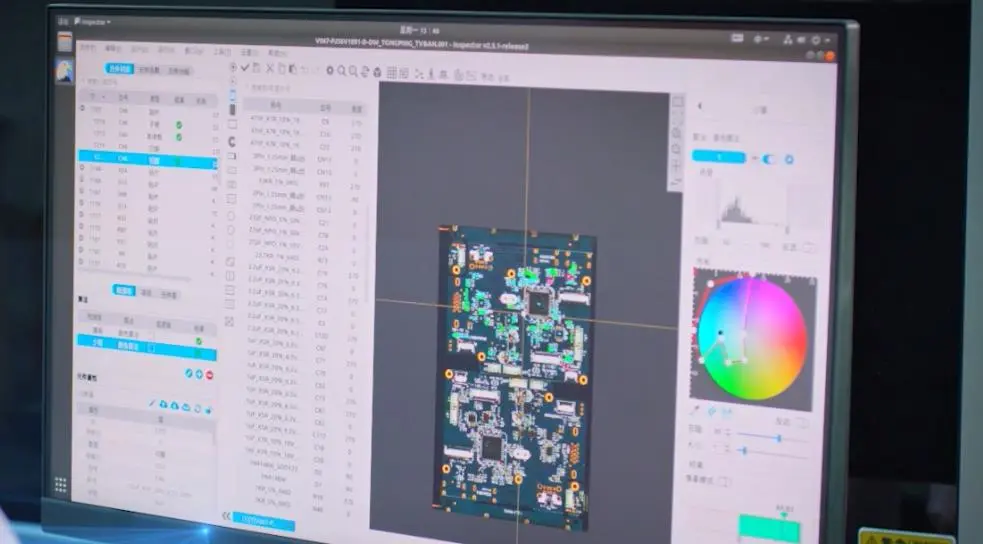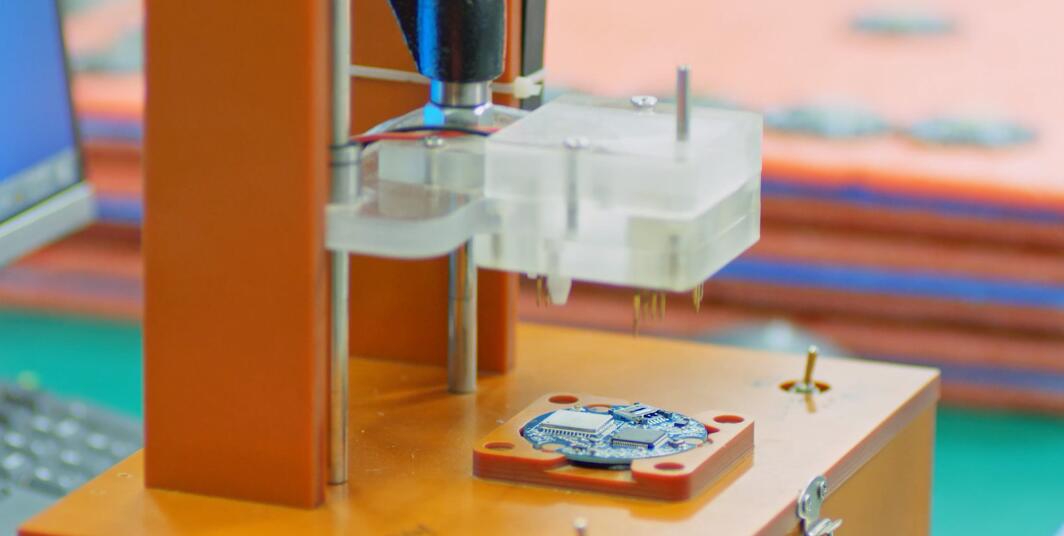PCBA testing is a crucial quality control step in the PCBA process, which determines the final performance of the product. Through these testing steps, the quality and reliability of PCBA can be ensured, thereby improving the performance and service life of the product.
PCBA test mainly includes the following parts:
1. ICT testing: mainly tests the circuit of the PCBA board, including on/off, voltage and current values, fluctuation curves, amplitude, noise, etc.
2. FCT testing: IC program firing is required to simulate the functionality of the entire PCBA board, identify hardware and software issues, and equip necessary SMT production fixtures and testing racks.
3. Fatigue PCBA testing: mainly involves sampling PCBA boards and performing high-frequency and long-term functional operations to observe whether there is failure, determine the probability of testing failure, and provide feedback on the working performance of PCBA boards in electronic products.
4. Testing in harsh environments: Expose the PCBA board to extreme temperatures, humidity, drops, splashes, and vibrations to obtain test results from random samples, thereby inferring the reliability of the entire batch of PCBA board products.
5. Manual visual inspection of PCBA: Use a magnifying glass to check the circuit of the PCBA board and the soldering of electronic components, to see if there are any standing stones, bridges, excessive soldering, bridging of solder joints, insufficient soldering, or incomplete soldering.
6. AOI optical detection: Using high-precision cameras to capture PCBA, comparing the captured images with standard images to detect defects and issues on the PCBA.

AOI detection
PCBA testing principle
Connect the test points on the PCBA board through the FCT test stand, forming a complete path to connect the computer and burner, and upload the MCU program. The MCU program will capture the user's input actions (such as long pressing the switch for 3 seconds), and through calculation, control the on/off of the adjacent circuit (such as flashing LED) or drive the motor to rotate. By observing the voltage and current values between test points on the FCT test stand, and verifying whether these input and output actions match the design, the entire PCBA board can be tested.
PCBA testing fixture
Testing is necessary for the processing of large quantities of PCBA boards, and corresponding test fixtures are usually issued to assist in efficient completion. The principle of the test stand is to connect the test pin to the test point of the PCB circuit board, and when powered on, obtain key data such as voltage and current in the circuit, and display them on the display screen of the test stand to achieve rapid detection. When customers design PCB boards, engineers will consider their testing plans, reserve PCB testing points, and provide professional testing documents or plans to the manufacturer. Our company can make our own testing fixture.

PCBA testing is very important as it can improve the qualification rate of products. The increase in qualification rate will directly affect the quality of products, thereby improving our productivity. Our core competitiveness lies in technology and quality. During the testing process, we can detect defects in a timely manner, make adjustments in a timely manner, and make our products more high-quality in order to gain customer trust.
PCBA testing is an essential and important link in the entire PCBA manufacturing supply chain. To control the quality of PCBA from the final data results, it is necessary to consider and implement testing in standardized design and manufacturing management.